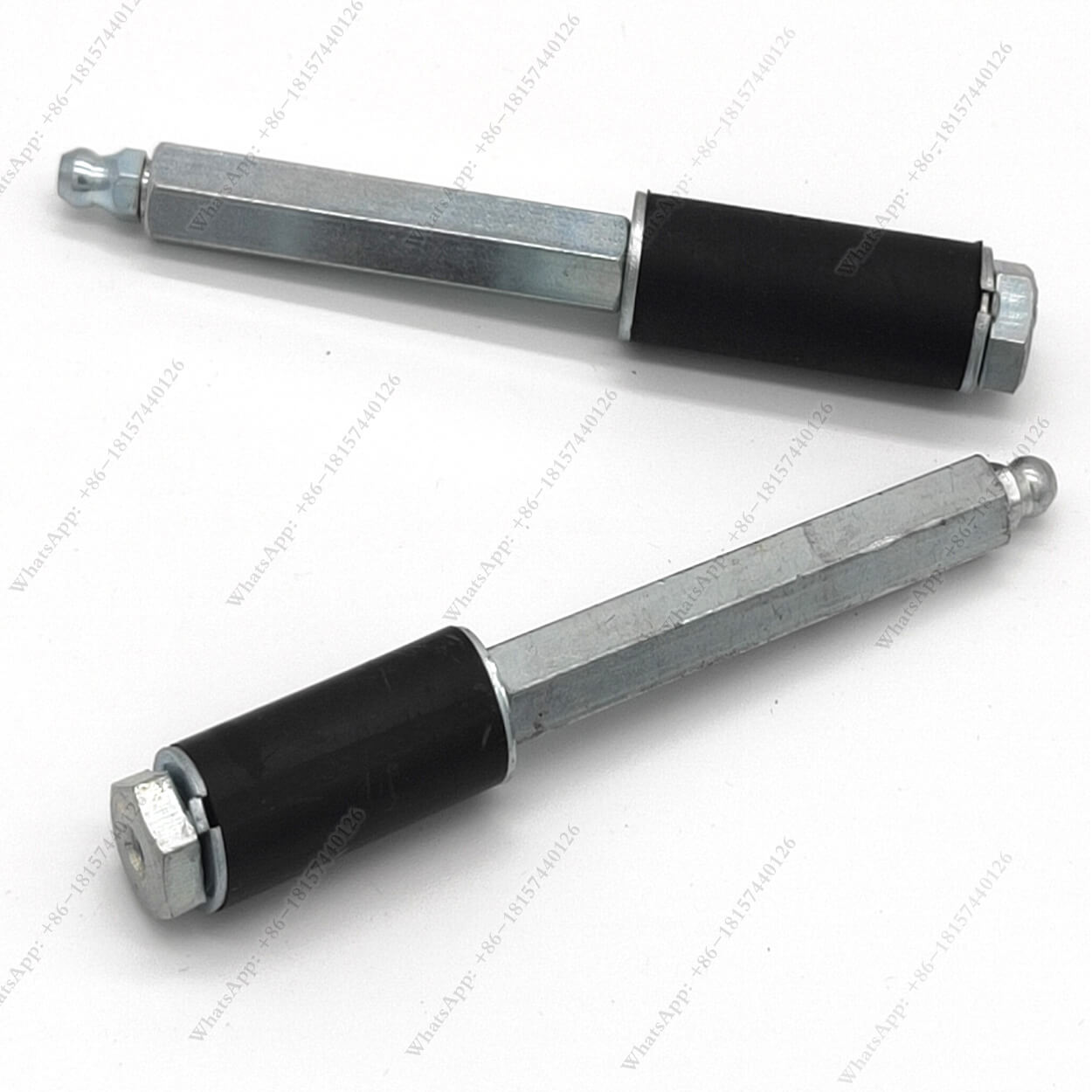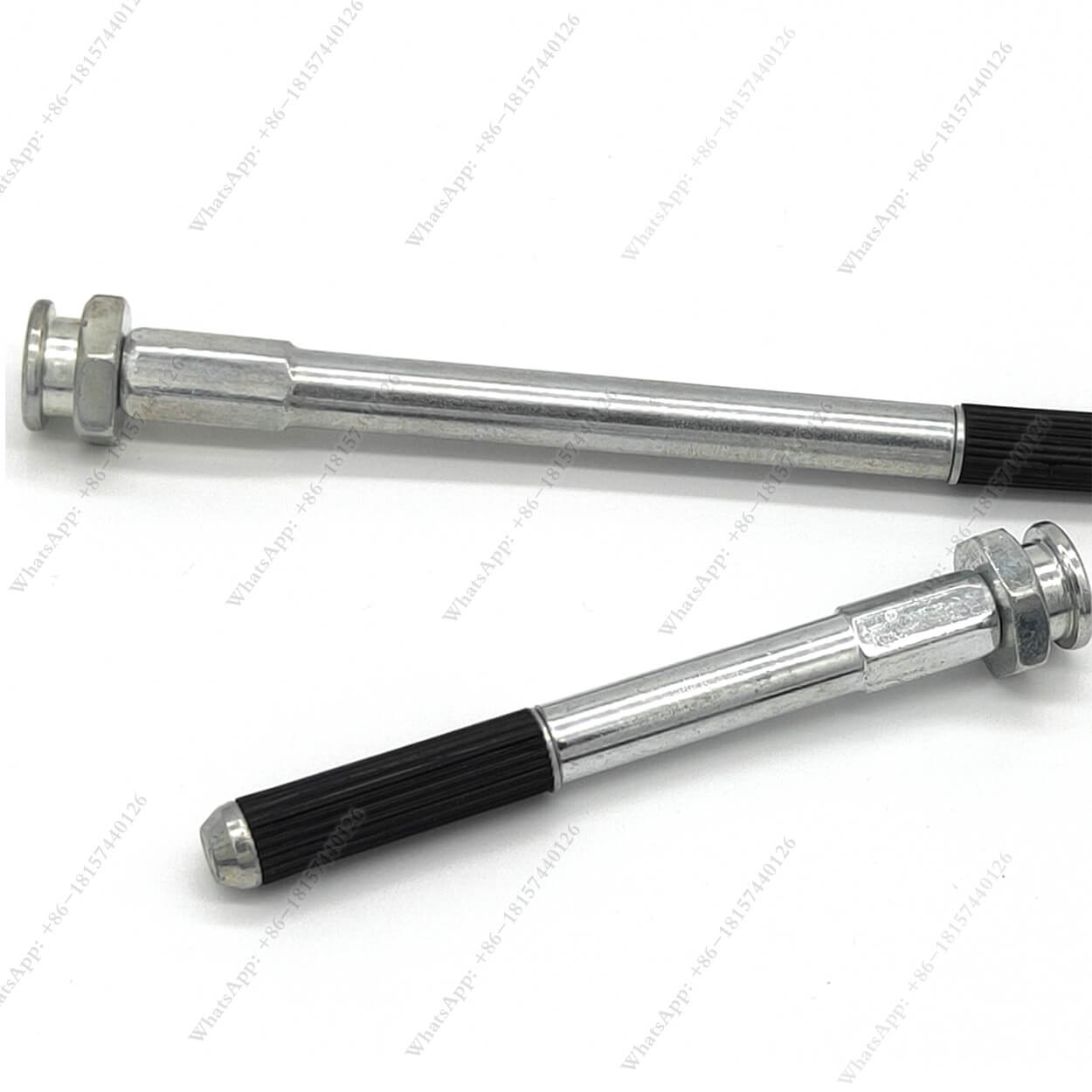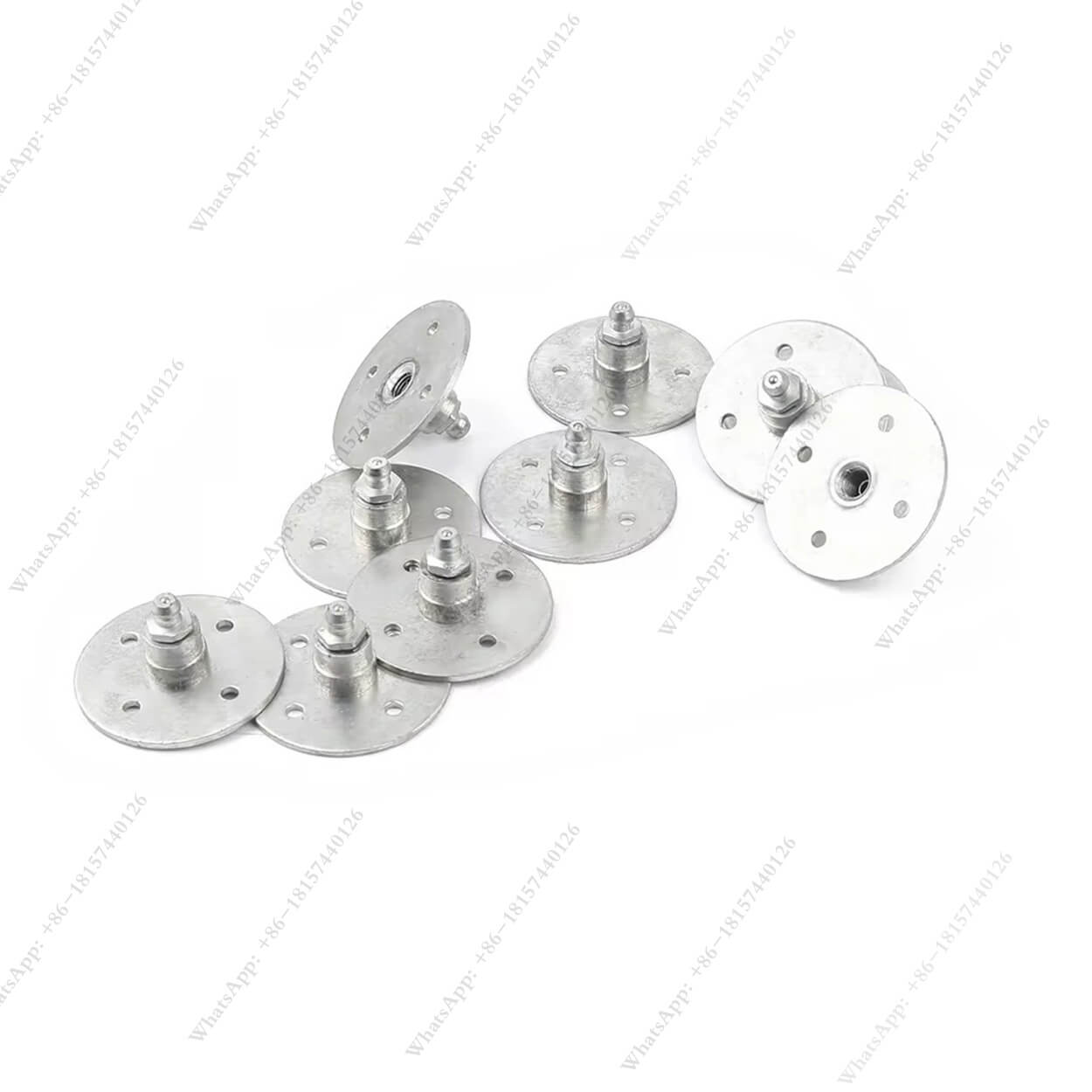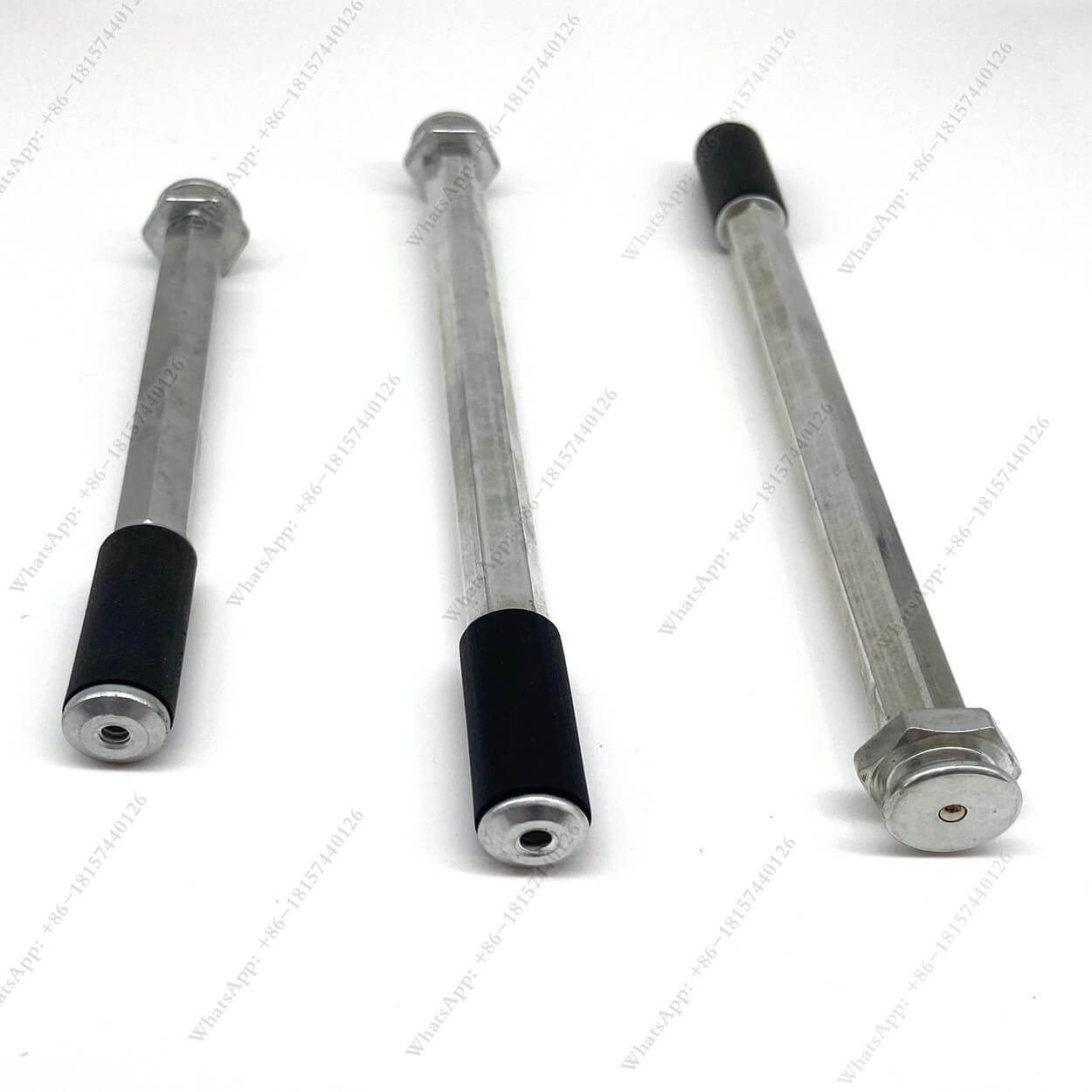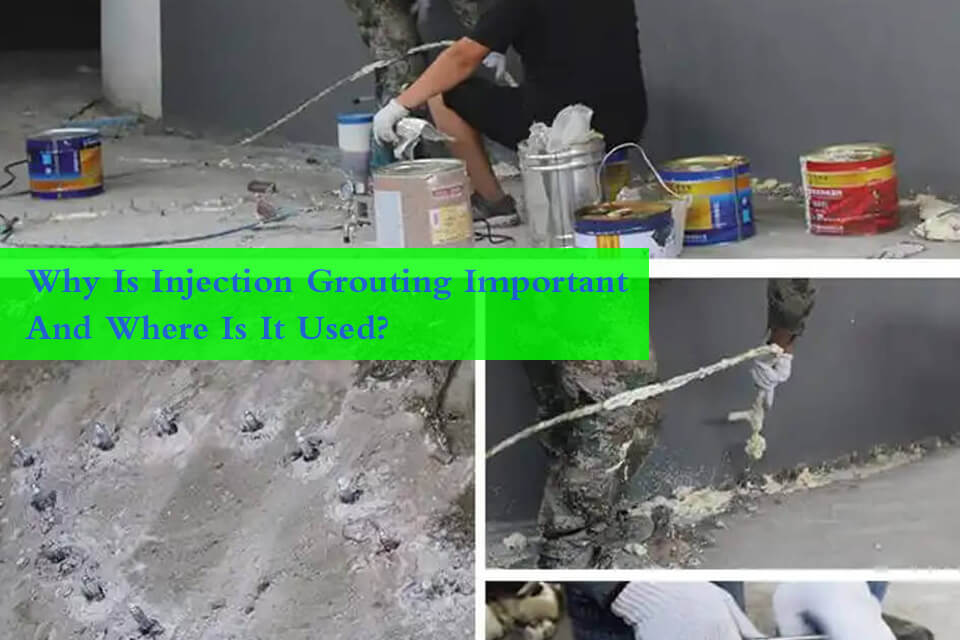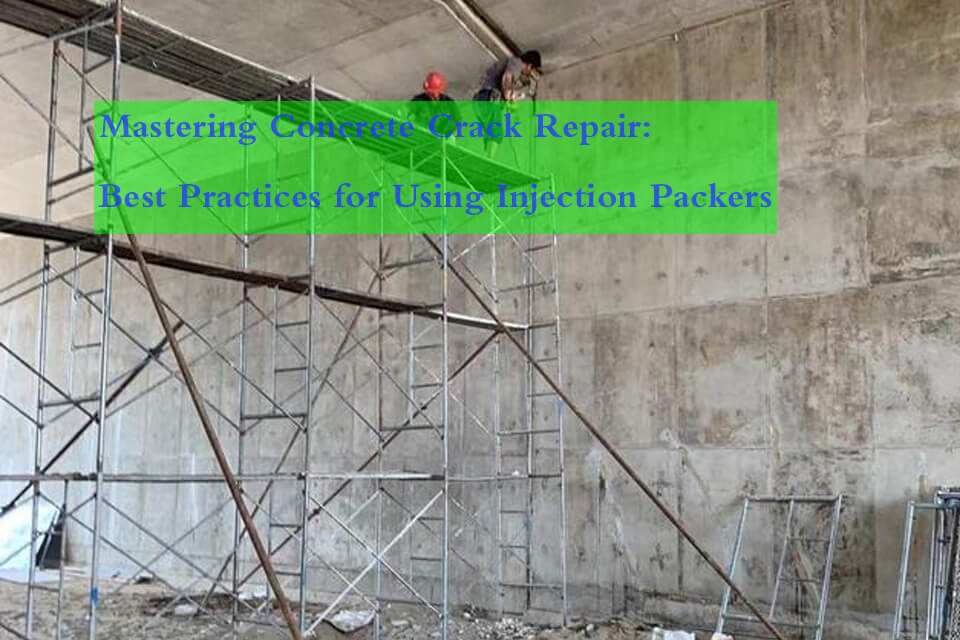
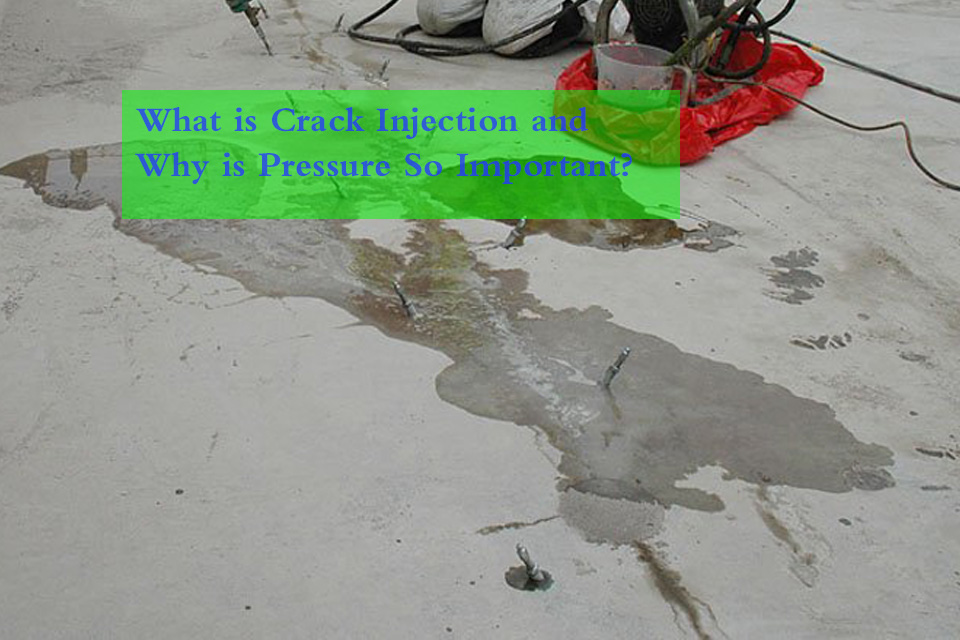
What is Crack Injection and Why is Pressure So Important?
Crack injection is a method of repairing concrete structures by forcing a repair material, such as epoxy or polyurethane, into cracks under pressure.
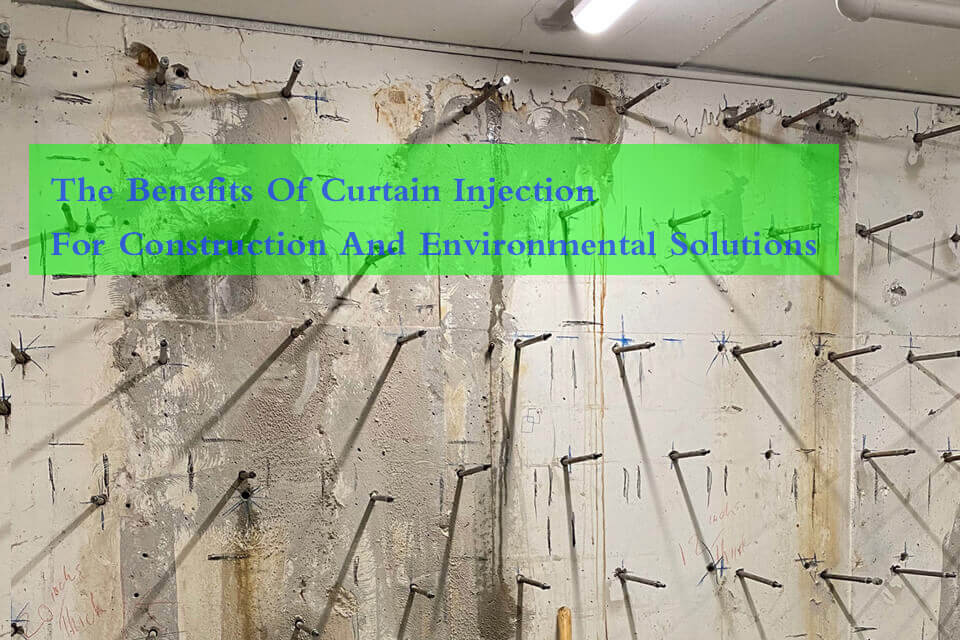
The Benefits of Curtain Injection for Construction and Environmental Solutions
Curtain injection, also known as curtain grouting or curtain wall injection, is an innovative technique widely used in construction, geotechnical engineering, and environmental protection.
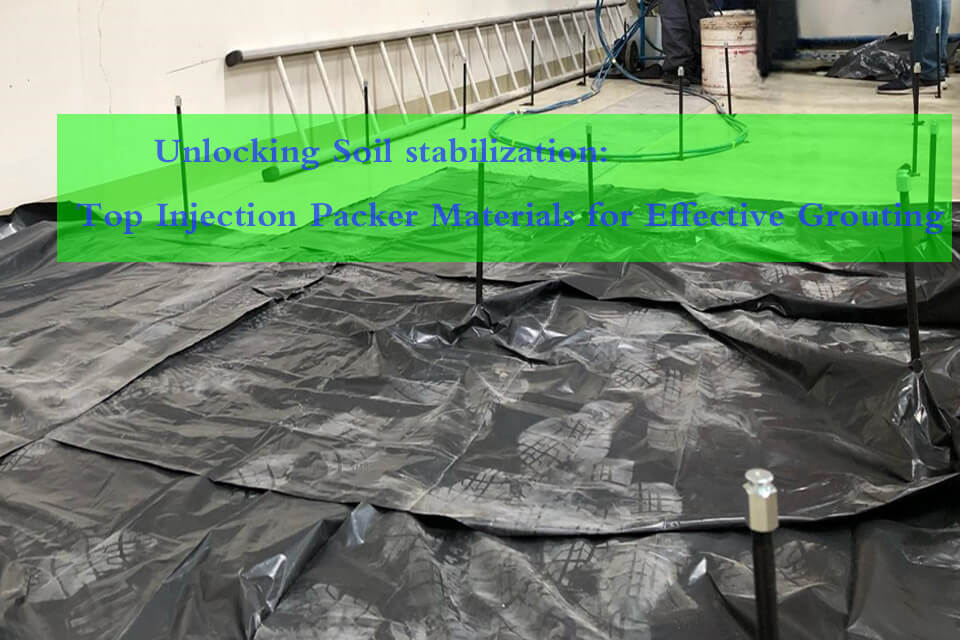
Unlocking the Secrets of Soil Stabilization: A Comprehensive Guide
Soil stabilization is a crucial process in construction and civil engineering that can make or break a project’s success.


